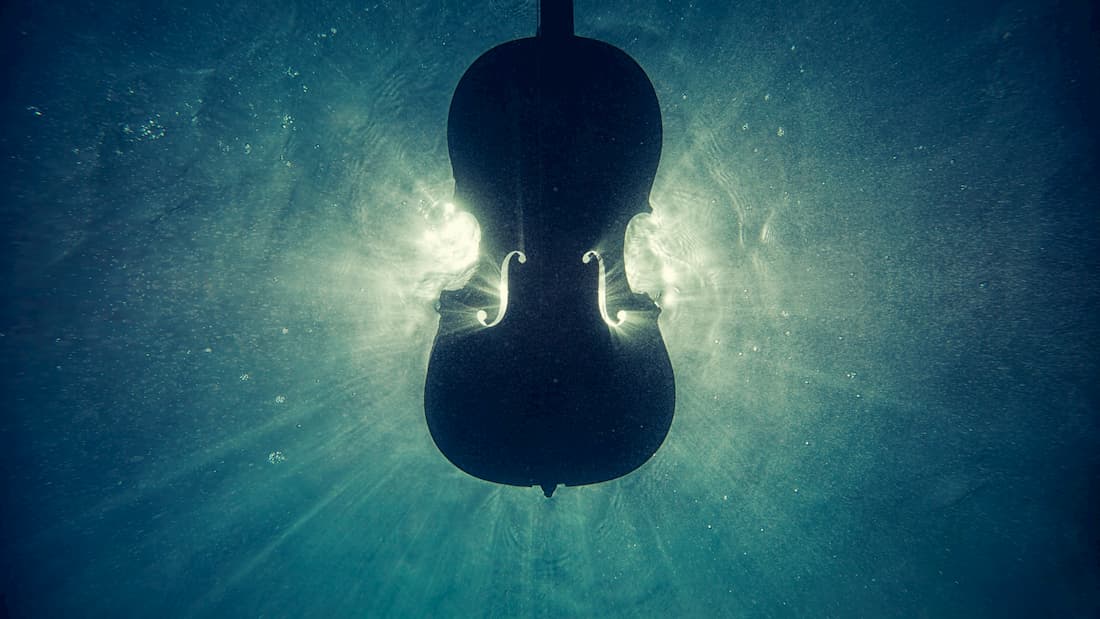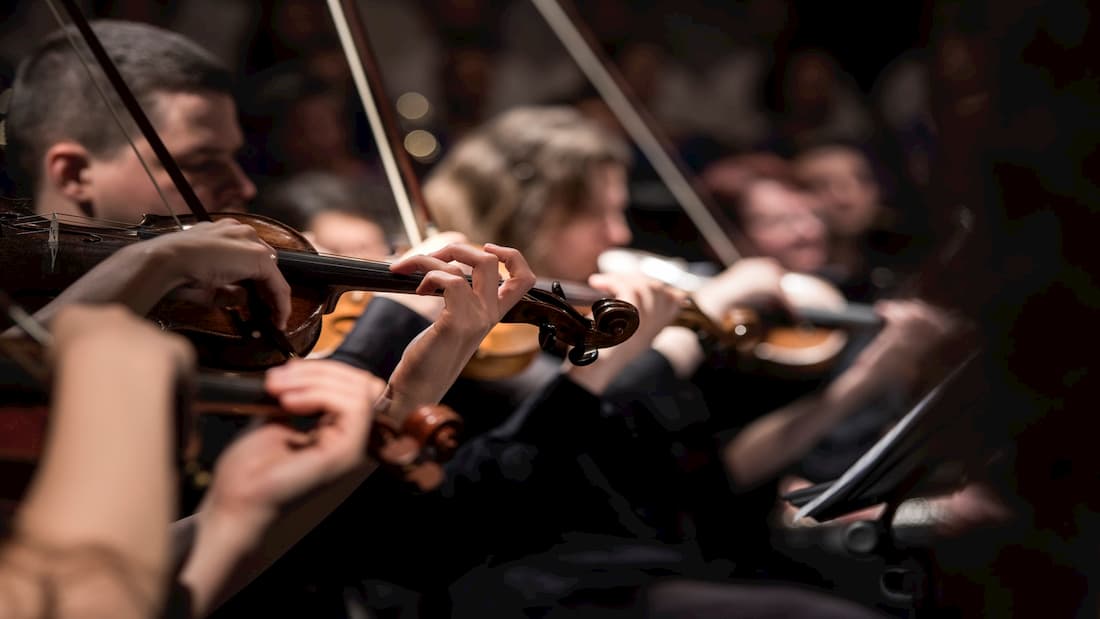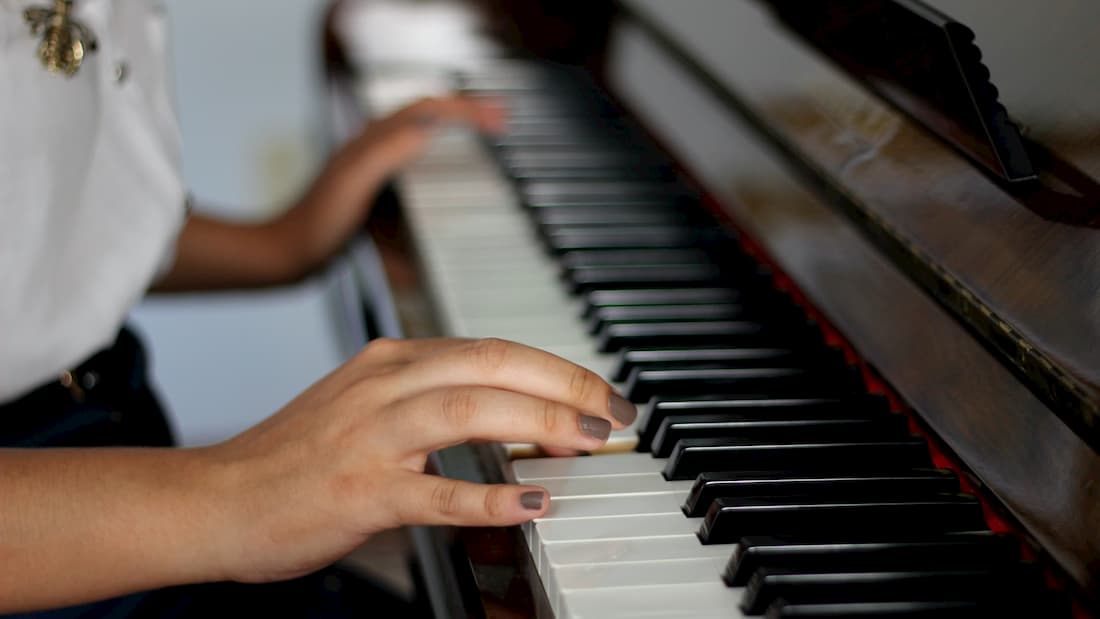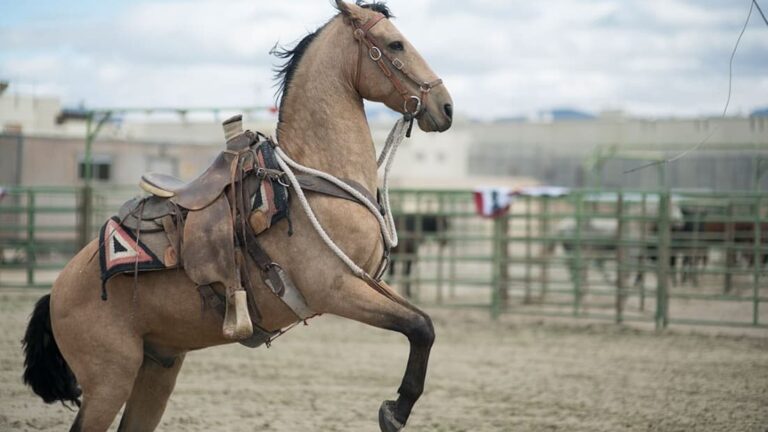Classical Music:Everything you need to Know
Classical music is one of the best things that ever happened to mankind. If you get introduced to it in the right way, it becomes your friend for life.
Classical music—a brief introduction

Probably since the beginning of time, music has been the medicine for the human soul. There have been numerous evolutions to music over time which has given birth to various sorts of branches of music across the globe. Through a cautious study of music, one can obtain innumerable information regarding contemporary society, habits, and culture of the people. Therefore, not only as a recreational tool, music has been a human mirror, a milestone of the study of mankind.
One of the most adored and favored branches of music is classical music. The traditions and cultures of the west are deeply rooted in this sort of art music. Classical music can be secular as well as religious. The time expanse of this classical music ranges between the 6th century AD to the present day, with precise focus from 1750-1820, termed as the “common practice period”.
Phases of the development of classical music
| ERA | Time Frame |
| Baroque Era | 1600-1750 |
| Galant Music Era | 1720-1770 |
| Classic Era | 1750-1820 |
| Romantic Era | 1800-1920 |
What is classical music?

The phrase “classical music” began to popularize in the 19th century. Although mostly noted for the works of Beethoven during this span, technically a Baroque artist, yet the contributions of significant composers like Mozart, Hayden, Copland, Debussy, Bach, Brahms, Berlioz, or Wagner also get involved under the broader spectrum.
The success of the traditional culture of the classical music genre depends on a host of factors like composing engrossing scores, gripping performances by the expert orchestras for the solo performers to the chamber ensembles.
Expert introspection of the nature of classical music reveals the complex use of harmony, counterpoint, rhythm, musical development, texture, phrasing, form, orchestration all working together in sync to produce certain immortal compositions. One of the most highlighting factors of this musical genre needs to be mentioned in this respect.
The popular song form style has never been considered here; it became popular through melodious instrumental forms including sonata, symphony, concerto. Staged dramatic performances like opera involved the support of an orchestra working with choirs as well as vocal soloists.
Depending on the nature of the moods of the music, some longer compositions were divided into segments, termed as “movements”. The Classical period symphonies were typically segmented into 4 movements—the opening Allegro followed by a Slow Movement; a scherzo or minuet moving towards the final Allegro.
The phrase “classical music” generally denotes the continuing of the enriched culture and the traditional heritage of the musical genre, composed for stage performances. Another important feature lies in the form. These musical compositions have a largely structured form.
From the musical perspective, it can be said that the genre of popular music possesses a clearer expression which is comparable to some of the longer classical compositions. But one of the major differences between the two genres is the existence of the logical connection between the beginning of classical composition with its ending. The beginning is marked by the developmental aspect while the ending features logical extension.
The popular music genre, however, is marked by the lack of such a developmental aspect. The music gets exhausted with the interest of the audience; there is no unnecessary stretching of the material.
Because of the social undivisive factor, classical music has always remained adhered to the musical elite class intellectuals, and not an element of general appreciation or understanding. But, digital progress has reinforced the study and restoration of some of the finest pieces of music ever composed in the history of mankind.
The advent of CDs and DVDs has influenced the general habit of the audience to an enormous extent. In this digital era, there is practically no need to visit any opera house to appreciate classical compositions. Although experiencing classical music in a dramatic live show is as intimidating as it sounds, but thankfully that is not the only way to appreciate its beauty. It can be enjoyed in the easy comfort of the home.
Choice of musical instruments

The transformation of the musical instruments marked significant turning points at different levels during the gradual evolution of the classical genre of music. Complicated polyphonic tunes got transformed into easier memorable melodies. The entire game depended on the composition and the selection of the instruments. It was an experimental phase, tuning in to every plausible equipment and trying out the best alternative.
Before the advent of the piano, the harpsichord was popular. This harpsichord tone marks a significant feature of the Baroque age classical. But, after the piano came into the picture, harpsichord had to leave. The tune of the piano seemed much soberer, subtler than the twangy harpsichord tune.
The next significant development was the popularization and strengthening of the orchestra. During the Baroque era, only several types of string instruments were played with slight variations with harpsichord, horns, flute, oboe, clarinet. But with time, all these woodwind instruments got modifications and began to produce more versatile melodious tunes so much so that, they got their independent playing turns in a standard orchestral performance.
But musical instruments are supporting factors in a composition. The actual piece of music is the key factor. The Classical era saw the development and expansion of this genre with a more enriched composition of symphonies, solo instrumental pieces along with musical drama, the opera.
Some of the most promising composers of this age include Haydn, Beethoven, Mozart, Paganini, Rossini. But the contributions of Beethoven had been the greatest in this context. He made the bridge between the Classical Age and the Romantic Age. One of the most notable factors about Beethoven’s work was that it gradually became largely expanded with deep emotional or political touch in them.
The significantly smaller compositions were done by Haydn, Beethoven, and of course, Mozart. These were almost exclusively piano sonatas. With gradual experimentations and tunings, the Classical age fell into the Romantic age, the musical tunes being too romantic.
A word or two about American classical music
American music began with the enslaved Africans who landed on American soil in 1619, bringing their traditions along with them. But after four centuries, it can be observed that less than 2% of the total musicians of the American orchestras are black. The entire American classical music industry is too white.
One of the principal reasons behind the lag of the blacks in the American music industry is that the whites of the 19th cautiously resented the influence and prosperity of the blacks in music. There are very few exceptions to this trend like George Gershwin, who voluntarily embraced the Afro-American musical culture. In the 1930s, black music saw a tinge of success just for a short span.
African music has been largely undervalued in the American musical society. Some of the significant black compositions include William Dawson’s “Negro Folk Symphony” Antonin Dvorak’s “Negro Melodies” deserve special mention as neglected American musical treasures. Florence Prince, Nathaniel Dett, and William Grant Still have proved themselves to be great black composers of the age.
But unfortunately, their works never gained long-term acclimation and recognition and soon got buried in history with time as lost treasure troves.
One of the most notable black operas was “Porgy and Bess”. Although flawed, the deliberate moving aspect of the piece cannot be denied consisting of empathy, excitement, and catharsis in a perfect semblance.
Closure
The real essence of the Classical genre lies in the fact that it transcends all the barriers of time, place, culture as well as generations. The supreme patience of the composers has created certain masterpieces that contain immense integrity of the structure maintaining a perfect balance between the unique Pi/Phi ratio. There has never been any exaggeration factor or wastefulness in any of these successful compositions.
The bass, soprano, tenor, alto—all the segments possessed the capacity to be independent in an orchestral performance yet perfectly in sync with each other. This sort of dedication has paved the way for the success of classical music.






![Barbie Movies In Order [Chronological Watch Order]](https://www.entoin.com/images/brbi16-1-768x432.jpg)